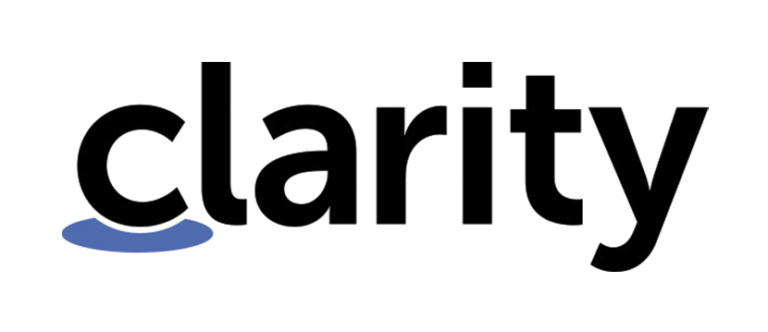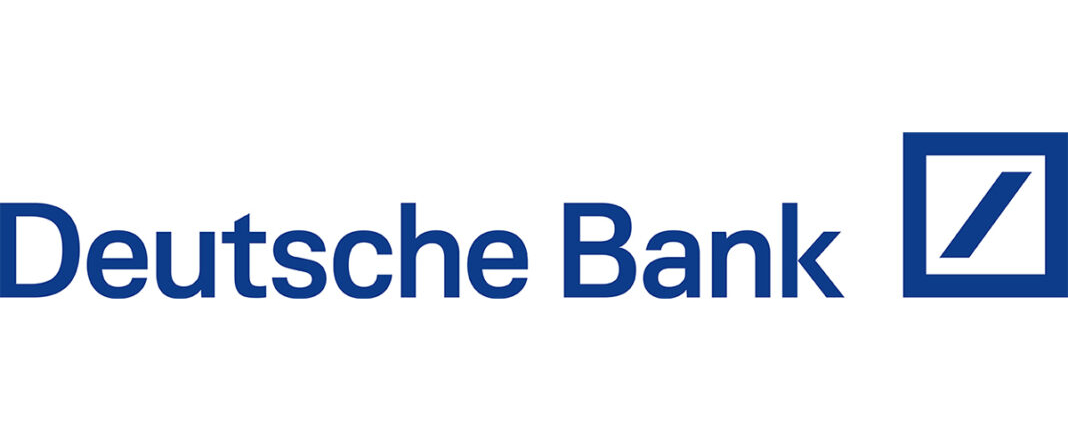Implementation Clarity PPM Deutsche Bank

When?
2012 – 14
Where?
London
Organisation?

What?
Introduction of Clarity PPM as the central new project portfolio management system and replacement of six legacy systems
Methods and Systems
Clarity PPM
Confluence
Background
The company had tried in several attempts to replace various legacy systems used for portfolio portfolio management and finances in different areas of the organisation with a new central system.
A major challenge was the mapping of project finances worldwide into one system, with project accounting as well as capitalisation of project expenses. On the other hand, the new system also had to map a multitude of new governance processes, from status reporting, approvals, milestone tracking to enterprise architecture, strategic alignment, to benefit management.
There were well over a dozen stakeholders in the project, some with conflicting requirements.
Approach
In order to prioritise the variety of requirements, we first set up a new steering committee, which was staffed at a high level but kept very small. Only here important decisions about the project were made. Details were worked out in small working groups with experts but not decided there. An additional sounding board ensured that other stakeholders were also heard, but that they could not intervene directly in the project.
Clarity was introduced in several steps for the accounting of finances. The old system remained the leading system for another 12 months in order to avoid breaks in reporting and to reduce the project risk.
Key milestones
- New project structure established (Steering Board and Sounding Board)
- Rollout for project status reporting
- Introduction of demand management and finance (planning and forecasting)
- Introduction of cost allocation of project actual costs
Result
- Six legacy systems replaced
- Clarity PPM was rolled out in one configuration throughout the organisation (with very few exceptions)
- Finance and project governance mapped in one system
- Over 10,000 users created and trained
What have we learnt?
Even the most flexible system needs a clear vision and specifications to be introduced with a consistent configuration. “Many cooks spoil the broth”: selecting the right stakeholders for project governance was the crucial step to avoid further failure of the implementation.

